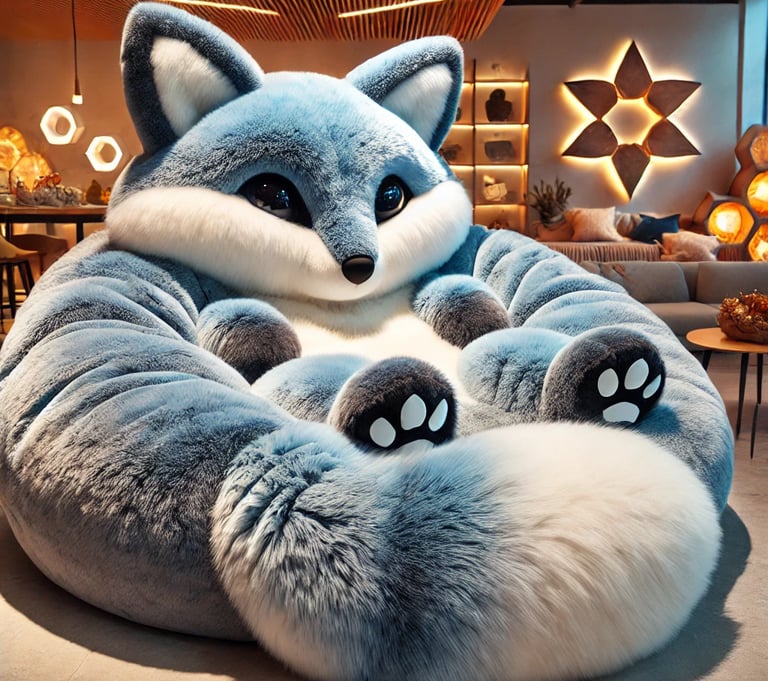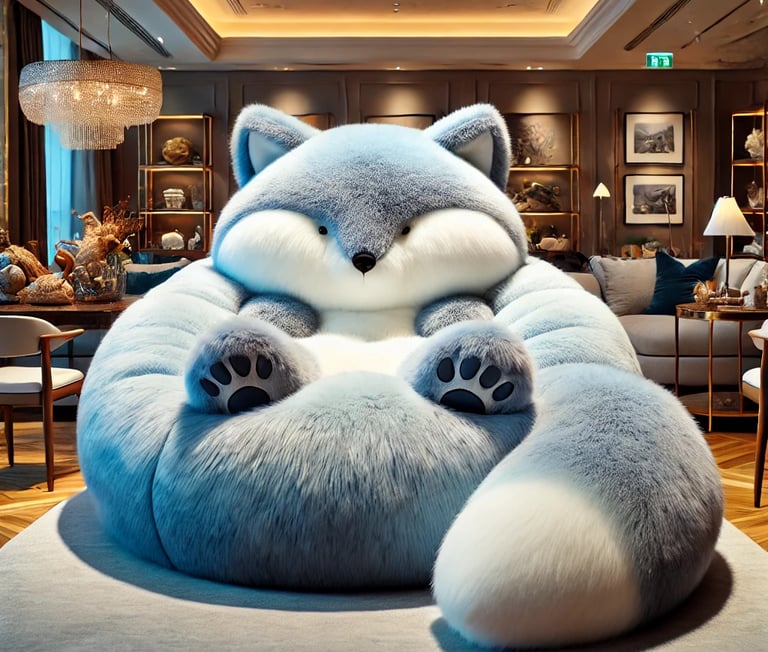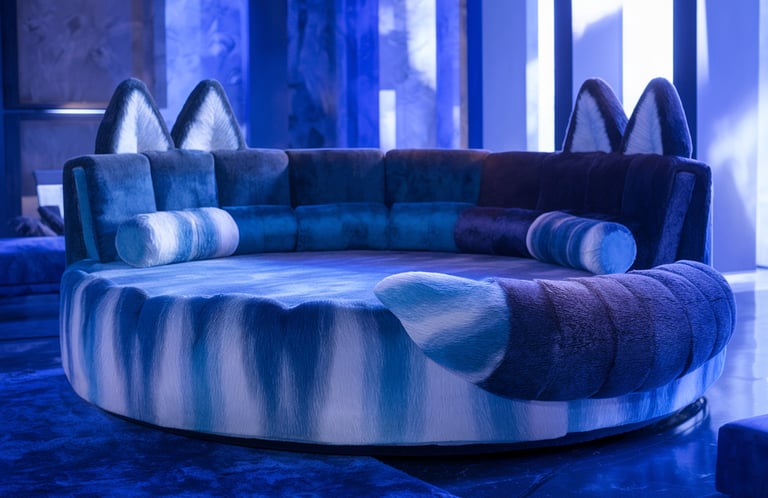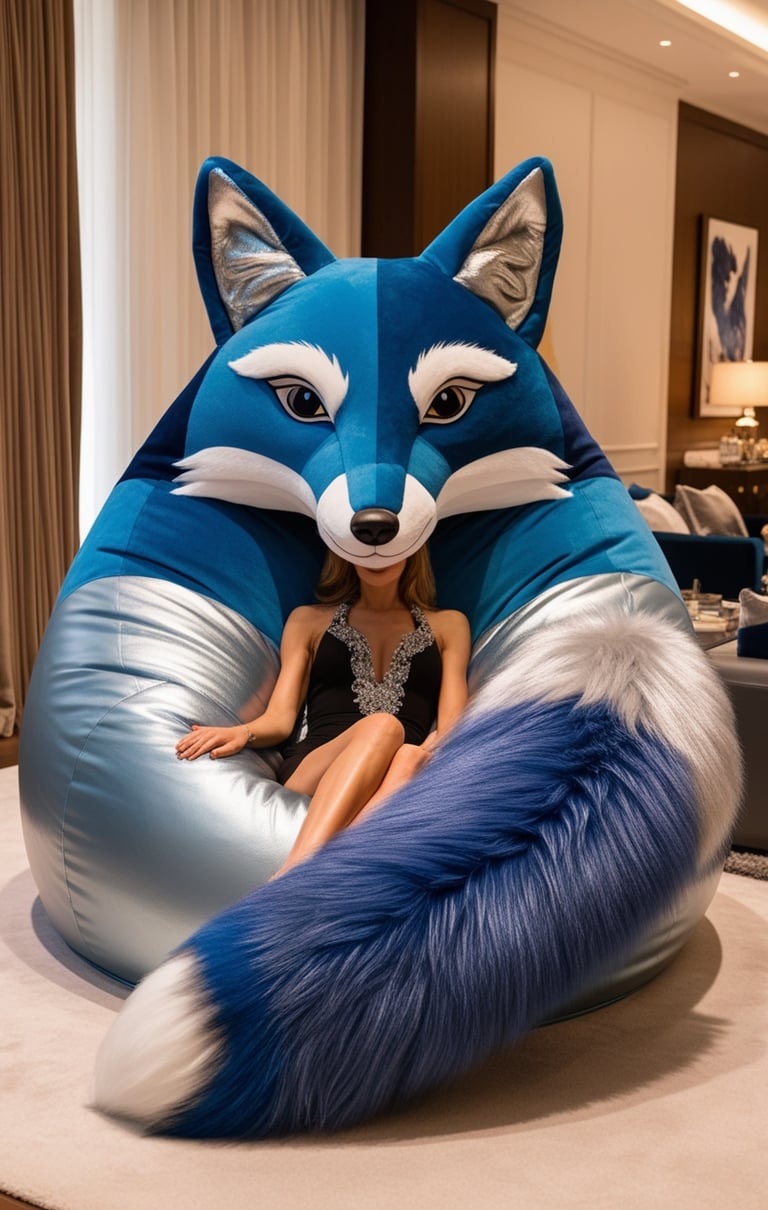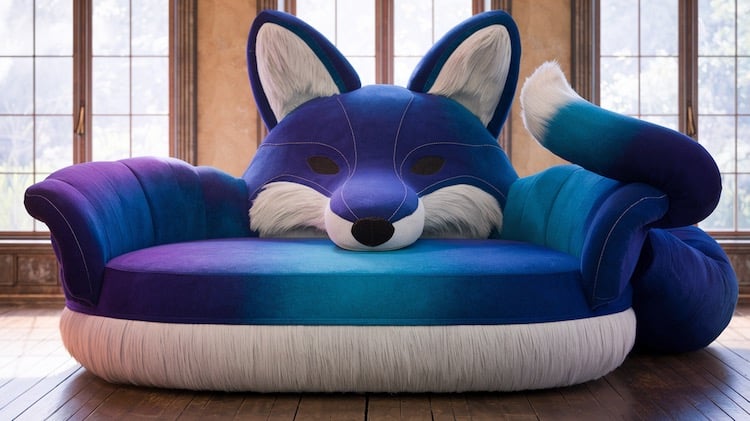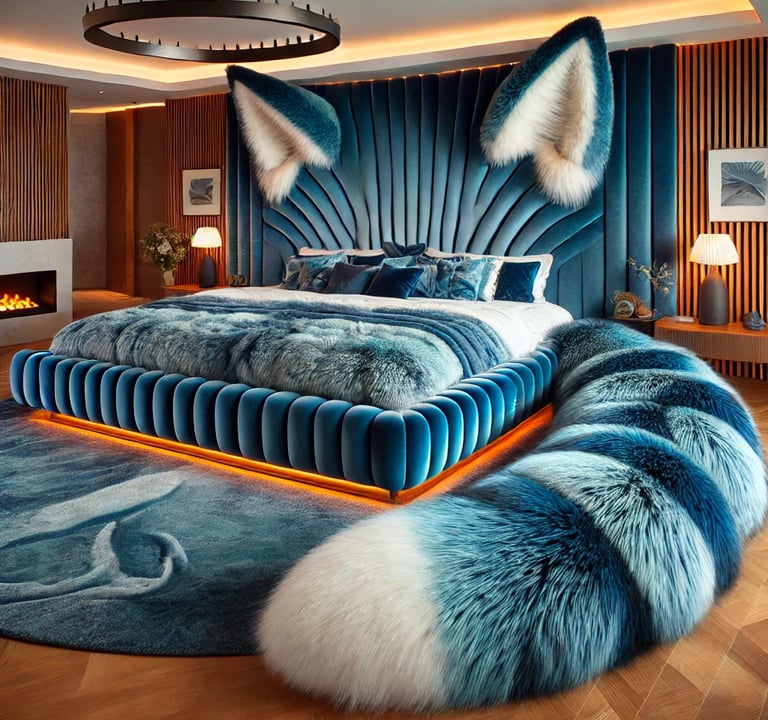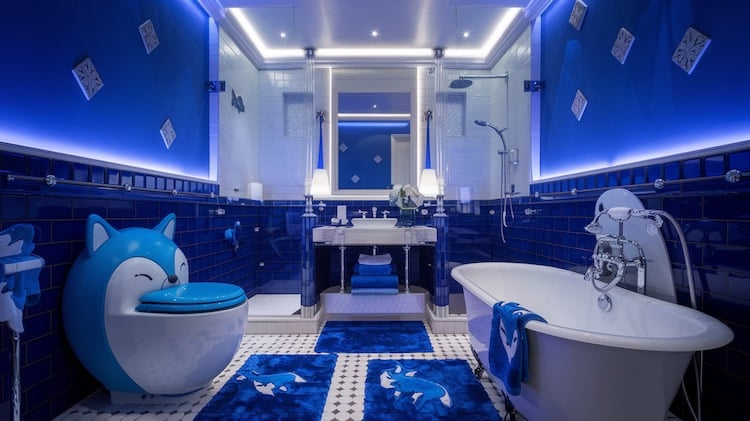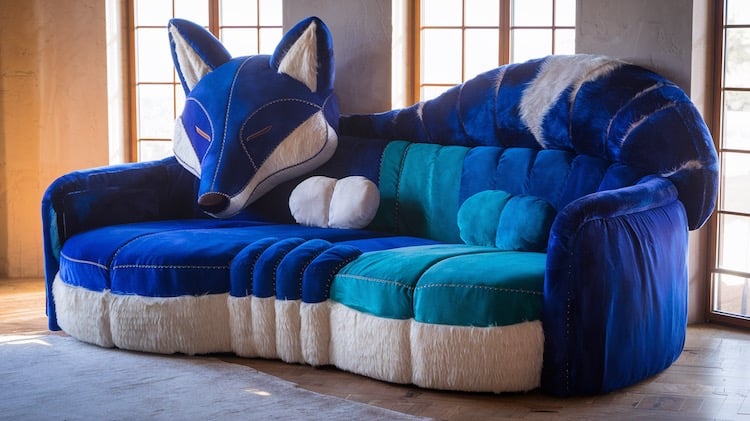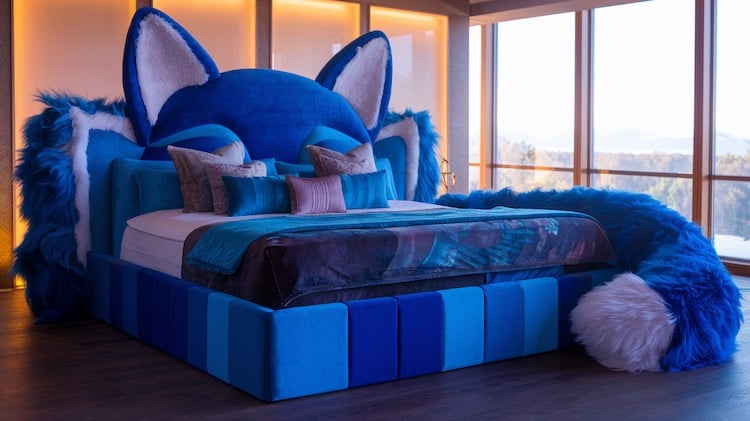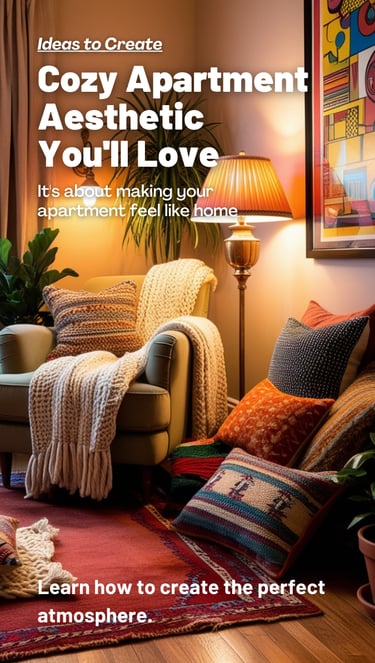Explore the world TOGETHER!
Reasons Why You Should Embrace Weird Design for Your Home
Embracing weird design in your home goes far beyond merely prioritizing aesthetics; it also brings a host of practical benefits.
DECORAMENTAL
12/15/20246 min read


Breaking the Mold: The Importance of Unconventional Home Design
Unconventional home design challenges the established norms that have long dominated the architectural landscape. By breaking away from traditional styles, homeowners can foster a space that not only reflects their individuality but also encourages creativity. Embracing weird designs allows for a diversity of interpretations in aesthetics, inviting unique expressions that signify personal stories or preferences.
One of the primary benefits of adopting unconventional home design is the liberation it offers from the confines of mainstream trends. In a world where design often advocates uniformity, stepping outside of conventional boundaries enables a more personal approach to living spaces. This divergence from the ordinary encourages homeowners to think critically about what their home represents, ultimately providing a platform for self-expression. Those who embrace unusual styles tend to find satisfaction in spaces that distinctly showcase their values and lifestyles.
Moreover, weird designs can invigorate creativity not just in the inhabitants, but also in the wider community. Homes that break the mold can become sources of inspiration, prompting others to re-evaluate their own spaces. Such designs often spark conversations, creating opportunities for social interaction and dialogue around creativity and innovation. This interconnectedness fosters a sense of belonging and communal identity, wherein uniqueness becomes a shared value among neighbors.
Additionally, unconventional home designs can lead to practical benefits, such as improved functionality and adaptability. By thinking outside the box, homes can be created with features that better suit the occupants' needs. This flexibility can result in spaces that are not only visually striking but also profoundly practical. Thus, embracing weird design allows for a rich tapestry of aesthetics, creativity, and personal connection within the realm of home ownership.
Fostering Creativity and Imagination in Home Design
Embracing weird design in home decor does more than create an aesthetically pleasing space; it cultivates an environment that stimulates creativity and imagination for both homeowners and their guests. When one considers the integration of bold colors, unexpected materials, and quirky furnishings, it becomes evident how these elements can transform an ordinary home into a veritable playground for the mind.
Bold colors play a vital role in evoking emotions and enhancing mood. A room painted in vibrant hues can spark intrigue and inspire conversation, beckoning creativity from all who enter. For instance, a bright orange accent wall could serve as a backdrop for artistic endeavors, fostering an atmosphere ripe for self-expression. Beyond paint, the incorporation of unusual materials such as reclaimed wood, metal, or textiles can add tactile interest, encouraging individuals to engage with their surroundings and explore their creative instincts.
Quirky furnishings further elevate the design by offering unique focal points that captivate attention. Consider a chair designed to resemble a famous artwork or a coffee table with an irregular shape; such pieces evoke curiosity and prompt guests to think outside the box. This whimsical approach encourages visitors to engage with their environment in unexpected ways, making them feel more comfortable expressing their own artistic ideas.
Moreover, the act of curating a home filled with eccentric elements celebrates individuality. By creating spaces that reflect personal tastes and ideas, homeowners invite others to appreciate the beauty of diverse perspectives. The innovative thinking inspired by strange yet delightful designs can lead to a broader appreciation for creativity, not just within the confines of the home, but also within the wider community.
In summary, incorporating weird design elements into home decor not only enhances the visual appeal but also fosters an inspiring environment. This delightful approach encourages out-of-the-box thinking and promotes artistic exploration, effectively transforming any home into a sanctuary for creativity.
Creating Conversations: The Social Impact of Unique Design Choices
Embracing weird design elements in your home can significantly enhance its social environment, transforming it into a lively gathering space for friends and family. Unique design choices often serve as conversation starters, encouraging engagement among visitors and fostering a sense of belonging. When people step into a home adorned with unconventional decor, their curiosity is piqued, naturally leading to discussions about the meaning, inspiration, or story behind each quirky piece.
For example, a bold, abstract painting can prompt visitors to share their interpretations, while an unusual furniture piece—such as a vintage trunk repurposed as a coffee table—can spark conversations about creativity and sustainability. These interactions not only make gatherings more enjoyable but also cultivate deeper connections among guests, as they bond over the shared experience of exploring the peculiarities of your home.
Moreover, a uniquely designed home can attract a diverse range of individuals, enriching your social circle with various perspectives. When your home reflects an unapologetic embrace of the unusual, it showcases your personality and invites others who appreciate avant-garde aesthetics to engage with you. This inclusive environment can lead to the formation of a community where like-minded individuals gather, exchange ideas, and share experiences centered around artistic expression and individual taste.
It is worth noting that the impact of unique design extends beyond mere aesthetics; it can also influence the emotional atmosphere of gatherings. A home decorated with unconventional pieces encourages openness and creativity, creating a space where people feel more comfortable expressing themselves. Consequently, embracing weird design not only enhances social dynamics but also fosters an enriching environment where lasting memories are created.
Practical Benefits: Functionality Meets Unique Aesthetics
Embracing weird design in your home goes far beyond merely prioritizing aesthetics; it also brings a host of practical benefits. When elements of unconventional design are strategically fused with functionality, the result is a living space that not only captures attention but also optimizes utility. Innovative design techniques such as multi-functional furniture enable homeowners to maximize their available space while maintaining a personalized touch. For instance, a coffee table that doubles as a storage unit or a sofa that can transform into a guest bed serves both decorative and practical purposes, thereby enhancing your living environment.
Moreover, the incorporation of age-defying styles in weird design often translates into longevity and sustainability. Rather than following trends that quickly fade, choosing unconventional aesthetics allows homeowners to curate spaces reflecting their unique personalities and lifestyles. Such designs can often accommodate changes throughout various life stages without necessitating complete renovations. An adaptable space might incorporate moveable partitions or modular furniture that can be rearranged as needs change, making it easier to transform a room for different functions, such as entertainment, work, or relaxation.
Furthermore, embracing weird design can create a sustainable home environment. Unlike traditional approaches, which may prioritize conventional materials and methods, unique designs often utilize innovative materials or upcycled items that challenge norms. This not only reduces waste but also promotes an environmentally conscious lifestyle. As society increasingly values sustainability, homes that reflect these principles through unusual elements advocate for a more responsible approach to living.
In sum, the combination of functionality and one-of-a-kind aesthetics through weird design allows homeowners to create adaptable, sustainable spaces that cater to their evolving preferences while maintaining a sense of uniqueness. By considering these practical benefits, individuals can significantly enhance both the livability and character of their homes.
Adventure
Explore hidden gems, bustling streets, and serene wonders.
Passport
Globetrotter2024
Travel Out of Now Here
© 2024. All rights reserved.
Affiliate Disclosure:
This site contains affiliate links. If you make a purchase through these links, we may earn a commission at no extra cost to you. We only recommend products and services we trust. Thank you for supporting our site!

